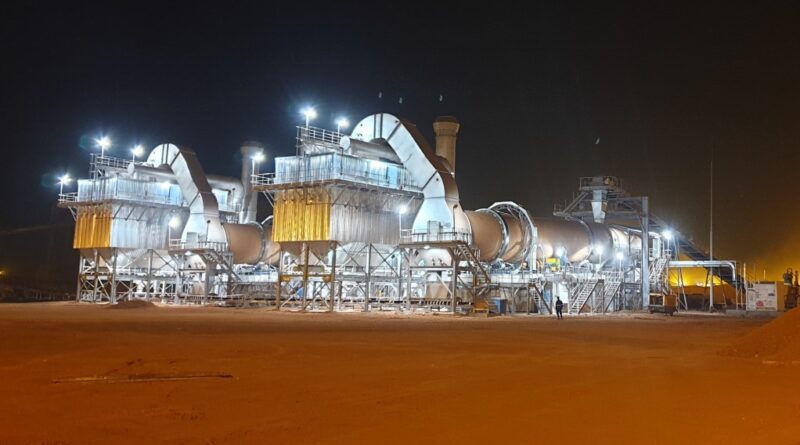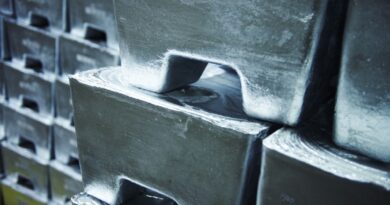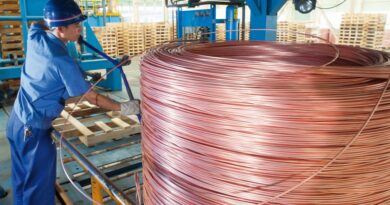Rio Tinto delivers improvements at bauxite and aluminium plants
MELBOURNE, Australia – Rio Tinto has delivered stable operating results in the first quarter, including improvements at its bauxite and aluminium businesses, as it navigated seasonal challenges across its global operations. Its full year guidance is unchanged across all its products. Rio Tinto remained focused on growth in energy-transition materials, with the ramp-up at Oyu Tolgoi underground, the first full quarter of recycled aluminium production from Matalco and further progress at Simandou, its high grade iron ore project in Guinea.
“Action to decarbonise Rio Tinto operations continues, with power purchase agreements signed marking a significant step towards a competitive renewable energy solution for its Gladstone operations – the single largest lever towards our 2030 emissions goal.
Rio Tinto also joined with BHP and BlueScope to investigate the development of Australia’s first electric smelting furnace pilot plant, progressing our work on steel decarbonisation. We continue to pursue our long-term strategy, and have a clear pathway to deliver operational excellence, while investing in profitable growth and delivering attractive shareholder returns.”
In the Pilbara, Rio Tinto produced 77.9 million tonnes (Rio Tinto share 66.1 million tonnes) in the first quarter, 2% lower than the corresponding period of 2023. Compared to the first quarter in 2023, planned ore depletion, predominantly at Yandicoogina, was partially offset by productivity gains across other operations.
Shipments of 78.0 million tonnes (Rio Tinto share 66.1 million tonnes) were 5% lower than the first quarter of 2023. Lower volumes were predominantly the result of weather disruption at the ports, leading to a lower stock draw-down compared to last year, as well as reduced production at the mines.
Bauxite production of 13.4 million tonnes was 11% higher than the first quarter of 2023 with continued improvement in operational stability at Weipa and Gove.
Aluminium production of 0.8 million tonnes was 5% higher than the first quarter of 2023. Kitimat is now back at full capacity.
Mined copper production of 156 thousand tonnes (consolidated basis) was 7% higher than the first quarter of 2023.
Kennecott mined copper production was 7% higher than the first quarter of 2023 but 32% lower than the previous quarter, primarily, due to unplanned conveyor downtime. The impacted conveyor is now fully operational again.
Escondida copper production was 7% higher than the first quarter of 2023 due to higher concentrator feed grade (0.92% in the first quarter of 2024 vs 0.78% in the corresponding period of 2023).
Oyu Tolgoi mined copper production increased 8% from the first quarter of 2023 as the ramp-up in underground production continued in line with our long term plan, delivering a copper head grade of 1.67% (vs 1.36% in the first quarter of 2023) for the underground and an overall copper head grade of 0.55% (vs 0.49%).
Titanium dioxide slag production was 11% lower than the first quarter of 2023. Rio Tinto entered 2024 with six out of nine furnaces operating at our RTIT Quebec Operations and three out of four online at Richards Bay Minerals (RBM). During the first quarter, Rio Tinto started the planned rebuild of one of the three offline furnaces in Quebec.
IOC production was 3% higher than the first quarter of 2023. Shipments were 25% higher than the first quarter of 2023, driven by rail and port availability and utilisation.




